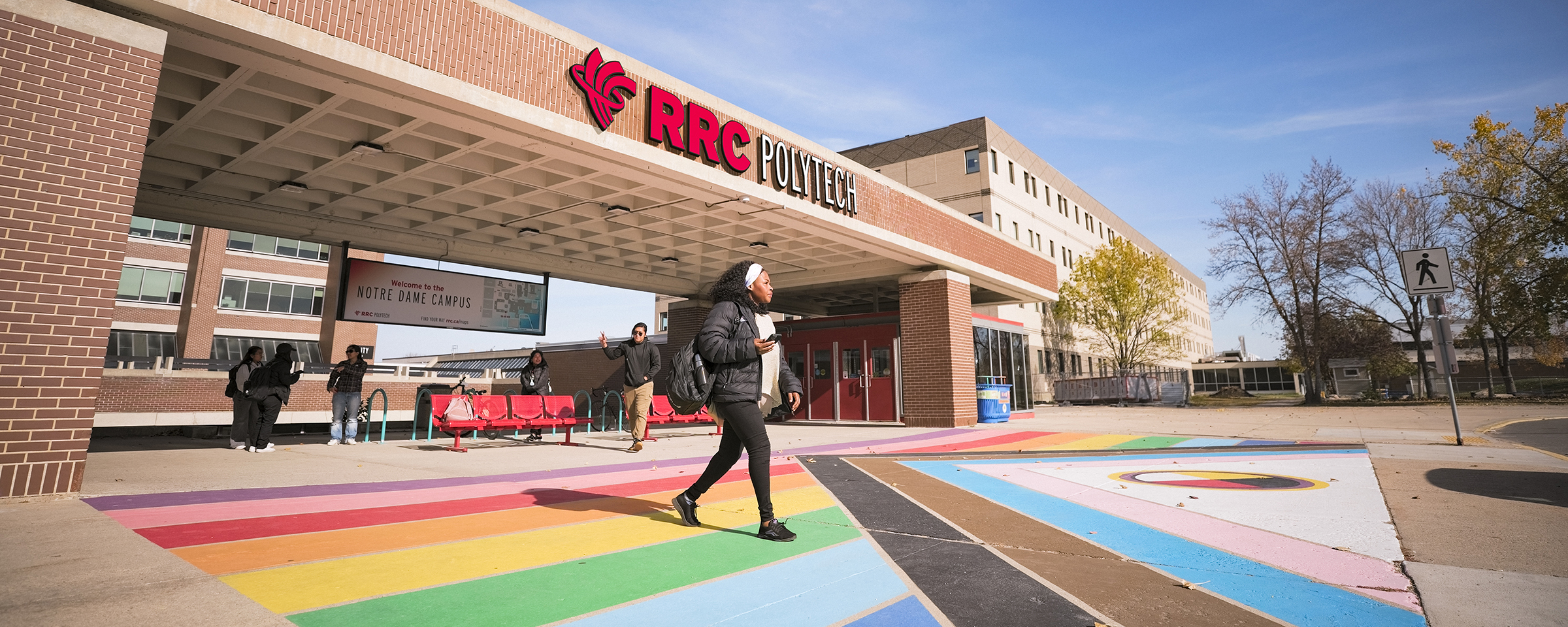Tuition Tax Receipts Available Online
T2202A Tuition and Education Credit Certificates for the 2011 tax year are available through your Web Advisor account.
These receipts will only be available online.
For information and complete instructions on how to access your T2202A Tax Receipt and Education Credit Certificate, go to https://me.rrc.mb.ca/login.aspx.


 Just in time for the holiday season, Red River College students in the Creative Communications program are putting their skills to good use by holding a radiothon in support of the Christmas Cheer Board today. “Kickin in for Christmas Cheer” will be broadcast on the campus radio station, 92.9 KICK FM from 7 a.m. to 7 p.m.
Just in time for the holiday season, Red River College students in the Creative Communications program are putting their skills to good use by holding a radiothon in support of the Christmas Cheer Board today. “Kickin in for Christmas Cheer” will be broadcast on the campus radio station, 92.9 KICK FM from 7 a.m. to 7 p.m.
